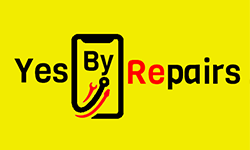iPhone 14 Pro Back Camera Replacement: Easy DIY Instructions
The iPhone 14 Pro is known for its impressive triple-lens camera system that delivers professional-quality photos and videos. But accidents happen. Whether it’s due to a hard drop, water damage, or a manufacturing defect, your iPhone 14 Pro back camera may stop working correctly. If you’re experiencing blurry photos, non-functioning lenses, or black camera screens, it may be time to consider a back camera replacement.
While taking your iPhone to an Apple Store or certified technician is a safe option, many tech-savvy users prefer to go the DIY route. In this detailed guide, we’ll walk you through how to replace the iPhone 14 Pro back camera safely at home.
Signs Your iPhone 14 Pro Back Camera Needs Replacement
Before jumping into the replacement process, it’s important to identify the issue clearly. Here are some common signs:
-
Camera app opens but shows a black screen
-
Photos are blurry or out of focus
-
Flash or telephoto lens not working
-
Visible cracks on the rear camera glass
-
Camera shakes or makes clicking sounds
If one or more of these issues persist even after restarting the phone or updating iOS, a hardware issue is likely—meaning camera replacement may be necessary.
⚠️ Important Disclaimer
Before proceeding with a DIY iPhone camera repair, please note:
-
Replacing the camera yourself will void your Apple warranty or AppleCare+.
-
Use high-quality or OEM-compatible replacement parts to avoid compatibility issues.
-
Proceed at your own risk. If unsure, it’s best to seek professional help.
